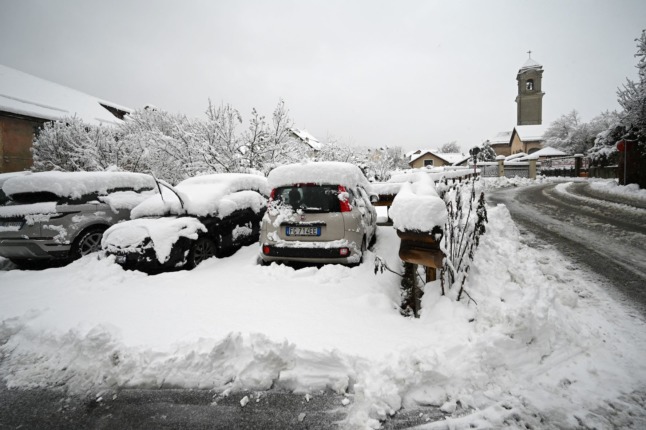The temperature, recorded at a weather station outside of the usual network, was exhumed by “climate detectives” who later had it confirmed by the World Meteorological Organisation.
“The record was registered at an altitude of 3,105 metres, near the topographical summit of the icecap, at an automatic test station called Klinck,” DMI said in a statement.
“There have been a lot of heat records in the last decade and it's important to recognise the extremes,” DMI climatologist John Cappelen told AFP.
“The possibility of getting a cold record is lower and lower but I cannot say that it won't happen anymore,” he added.
The previous record low in the Northern Hemisphere was -67.8 Celsius, registered in Russia on two occasions, in 1892 and 1933.
The lowest temperature ever recorded in the world is -89.2 Celsius, at the Vostok high altitude weather station in the Antarctic, set on July 21st, 1983.
READ ALSO: Climate change sends melting Greenland ice 'past tipping point'




 Please whitelist us to continue reading.
Please whitelist us to continue reading.
Member comments